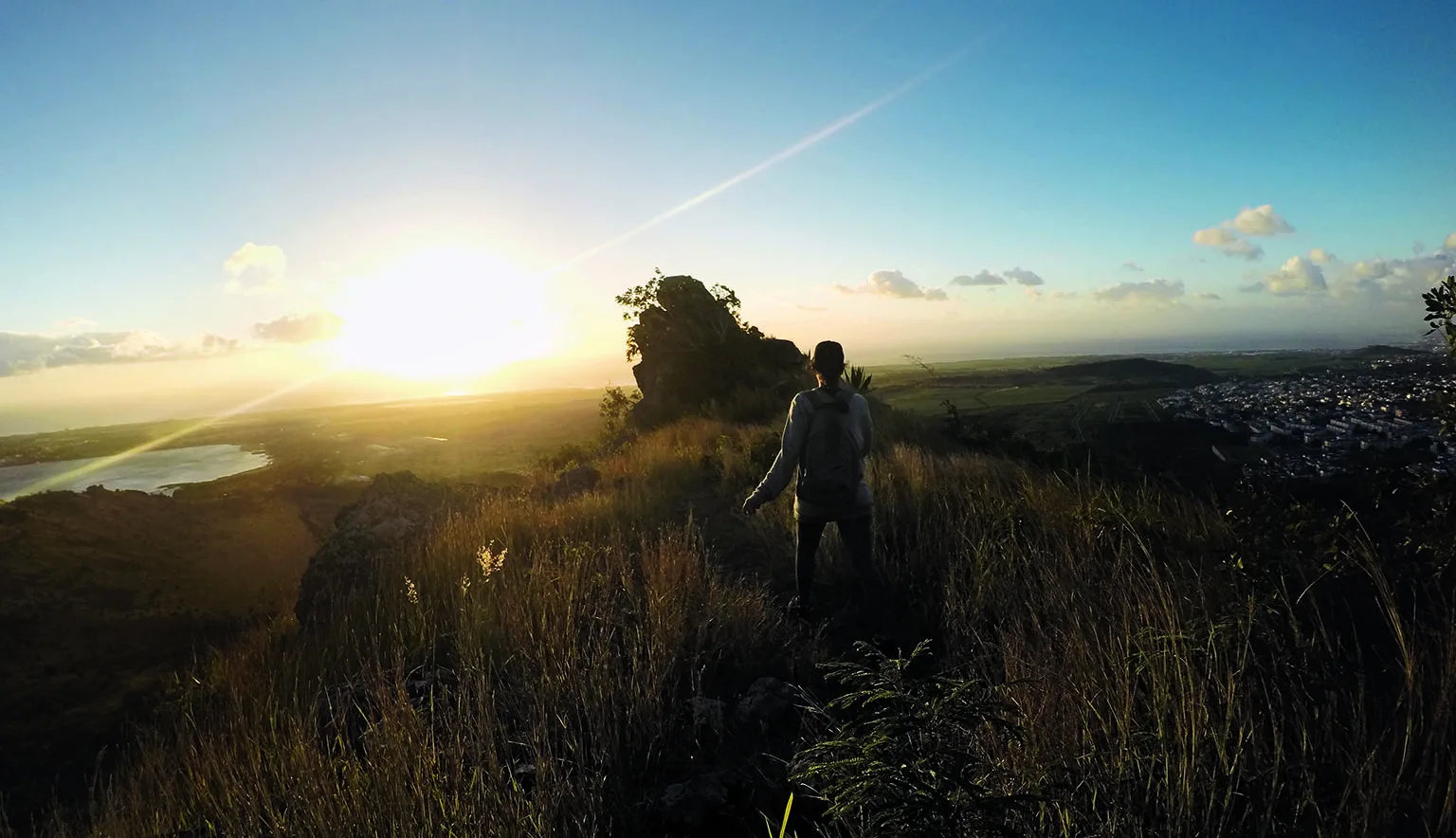Sir Seewoosagur Ramgoolam International Airport is the primary international gateway to Mauritius, named in tribute to the country’s first Prime Minister after gaining independence in 1968. The airport is located 48km southeast of Port Louis, where you can also arrive on the island and dock in the capital by cruise ship.
Once in the country, there are several ways to get around at your own pace. Hiring a car is easy, affordable, and gives you the most freedom and flexibility as you are not bound by set timetables, whilst bike rentals bestow an eco-friendlier form of transport.
Local tour operators also organise excursions across the mainland, with journeys done by car or minibus depending on the number of people, as well as boat trips to the surrounding islets. These can often be booked through your hotel, with itineraries including both half and full-day excursions.

To immerse yourself in Mauritian life and interact with the friendly locals, travel around the island by bus, of which there are two types – standard and express. If you can, always aim to catch the latter, as they are much faster and have air conditioning onboard. Unlike the metro, which runs from Port Louis to Curepipe, the Mauritian bus network crosses the whole island.
Traditional pirogues, originally used by fishermen, are another fun way of seeing Mauritius by sailboat, as are walking and hiking thanks to the island’s diverse natural landscapes.































